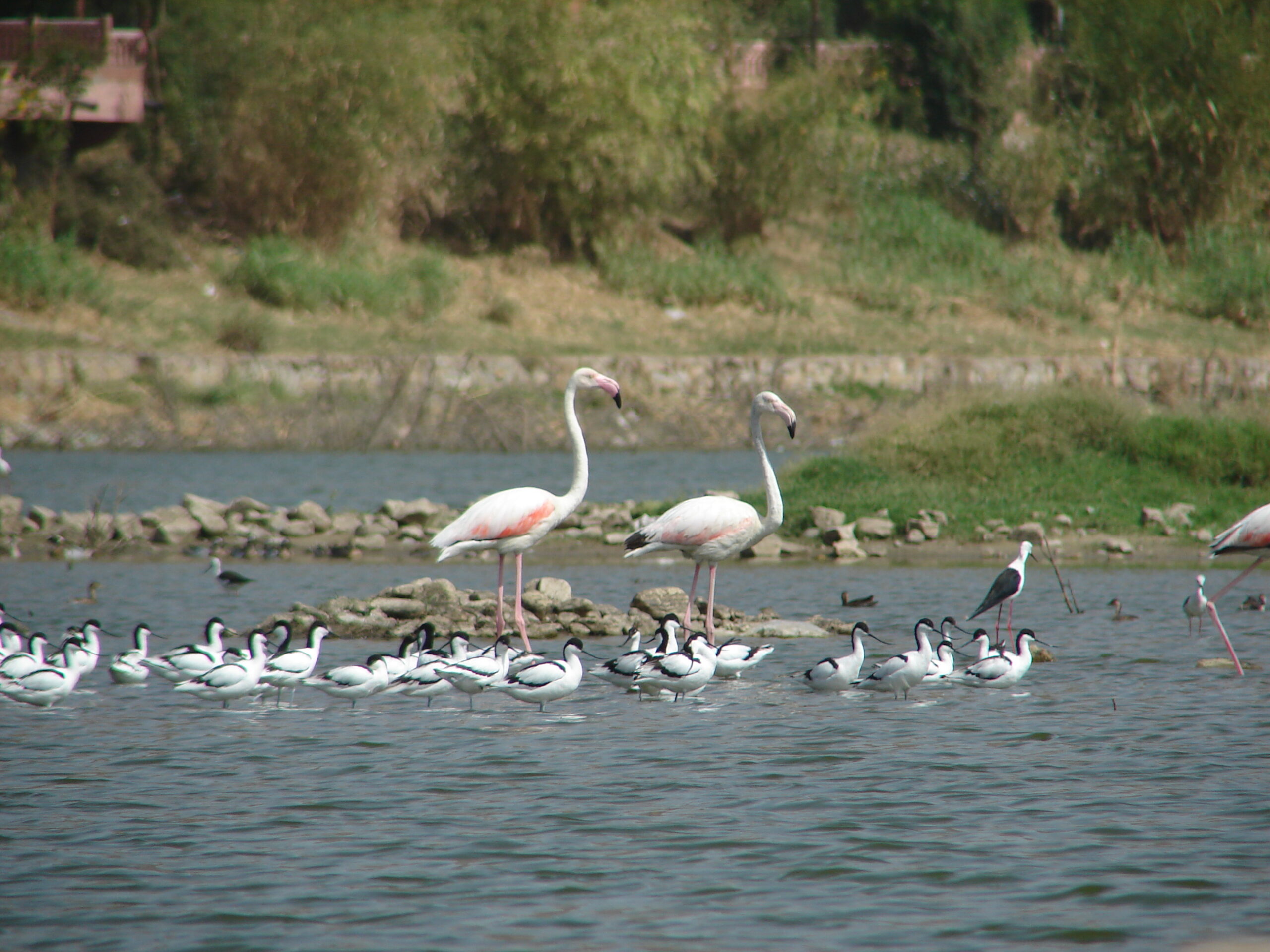What do you think that even mean, and why is the term important in wildlife conservation? Charismatic–exercising a compelling charm and/or generating high interest. Movei stars have it. Some politicians have it. You and I probably don’t have it. Megafauna—mega means big and fauna means animals rather than plants. So, charismatic megafauna means large animals that have compelling charm and/or generate high interest.
Around the world, perhaps the Giant Panda is the best example of charismatic megafauna. Everyone loves the panda and thinks it is cute and charming. People’s interest in the panda is extremely high. So much so that the Director of the National Zoo in Washington, DC thought that the presence of pandas would increase attendance at the zoo by 20 percent.
Authors of a 2018 journal article (https://doi.org/10.1371/journal.pone.0199149) went to considerable lengths to determine what the general public and other sources thought were the 20 most charismatic megafauna in the world. The top 20 were–tiger, lion, elephant, giraffe, leopard, panda, cheetah, polar bear, wolf, gorilla, chimpanzee, zebra, hippopotamus, great white shark, crocodile, dolphin, rhinoceros, brown bear, koala, and blue whale.

The twenty most charismatic species–Céline Albert, Gloria M. Luque, Franck Courchamp
By my count, you can find half of these animals in India—tiger, lion, elephant, leopard, great white shark, crocodile, dolphin, rhinoceros, brown bear, and blue whale. With the possible exception of China, I can’t think of any other country in the world that has more species of charismatic megafauna, can you? Thus, by this list, India is the charismatic megafauna leader of the world. (Even if China and India are tied, I give India the nod because some experts are currently discussing the possibility of reintroducing the cheetah to India.)
That fact may be interesting to you, but is it just a bit of trivia, or is it important? Actually, the concept of charismatic megafauna is important in the world of wildlife conservation. Take the example of the tiger. It is number one on the above list, and, I think, number one by far in India and around the world. Because of this high interest, people have founded many nongovernment organizations for its conservation. And, the public has been willing to donate millions of dollars to conserve this charismatic carnivore. They donate money that can be used for land acquisition, prey species management, research, etc.
These tiger conservation efforts also benefit a wide variety of other plants and animals. What is good for the animal atop the food pyramid is also good for all the plants and animals on lower levels of the pyramid. Government agencies can also take advantage of the charisma of an animal to build political and public support for needed conservation action. Project Tiger is a well-known and effective example.
In addition, people’s strong interest in some highly popular species has produced wildlife tourism activities generating millions of dollars. This is money that can be used, in part, for conservation efforts. As one of the articles in this issue of Conservation Times documents, tiger tourism is a major revenue generator:
An estimated Rs 650 crore (about $100,000 US dollars) turnover is netted by five Tiger Reserves in India through fees charged on entry of visitors, safari vehicles, camera, guides etc. Five times more (Rs 3,250 crores or about $490,000 US dollars) is the likely turnover of the tourism sector being provided to visitors at these reserves.
So then, is an emphasis on charismatic megafauna the best idea that has ever happened to wildlife conservation? You might think so, but some experts in the field feel differently.
They point out that there usually is only so much money to be spent on wildlife conservation in a given year. Charismatic megafauna may turn budget allocations into a popularity contest rather than the allocations flowing from a serious research-based planning process. How can an endangered mouse species or a rare type of grass compete with the tiger for funds? And how about areas with few or no charismatic megafauna? The Thar Desert in Northwest India has leopards, but none of the other 20 species of high interest. Should we ignore this area of importance for conservation of species like the Great Indian Bustard when money for conservation is budgeted?
In a like manner, the tourism that charismatic megafauna generate may not be all for the good. Sometimes, private enterprises or the government do not use money generated by wildlife tourism for conservation efforts. The tourist traffic itself may disrupt the lives of the animals involved and result in degradation of their habitats. Infrastructure needed for tourism—roads and lodges, among other things, can also impinge on important habitat areas and disrupt the natural cycles of reserves and protected areas.
So, the idea of using charismatic megafauna to further conservation of species should probably be employed with caution. The needs of the mouse and the needs of the tiger must both be considered, and the concept of charismatic megafauna used as a tool not as an end in itself.
